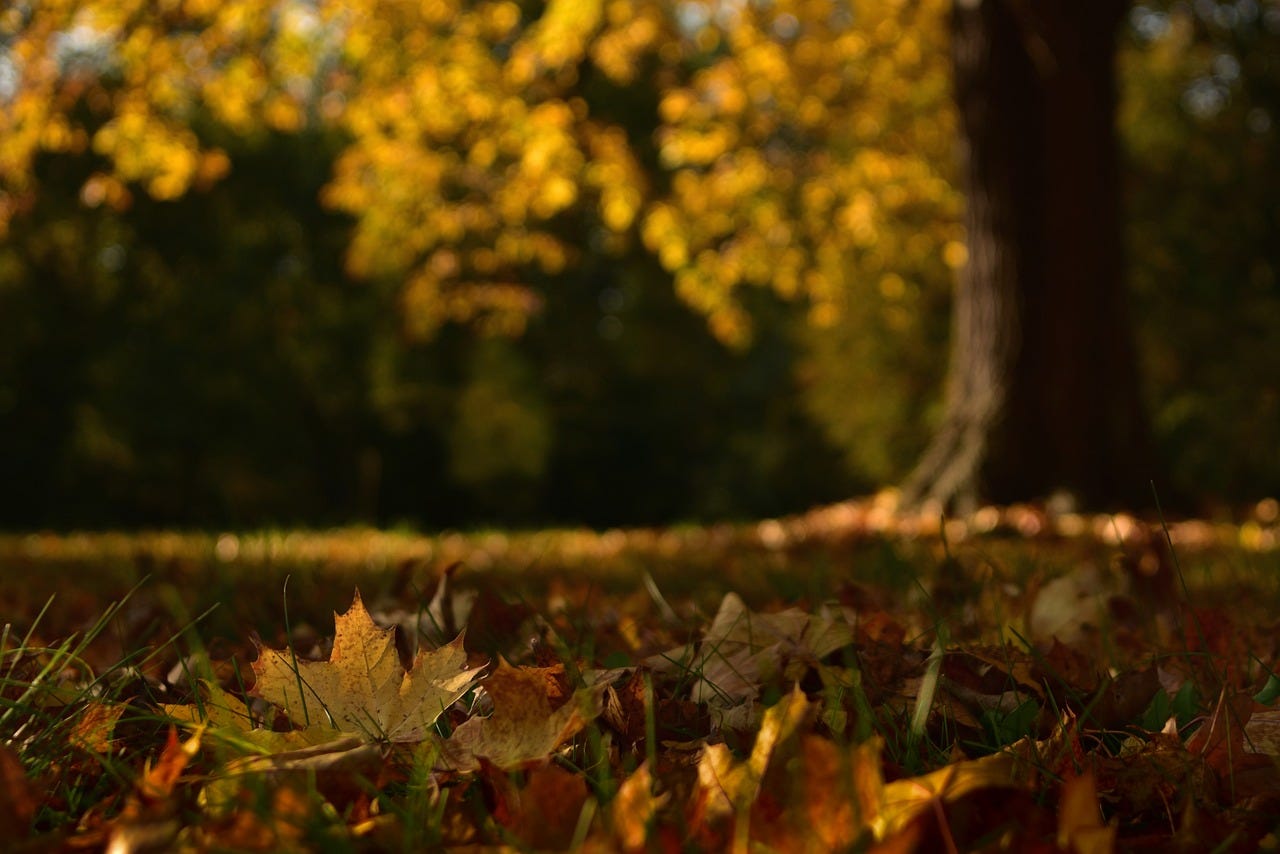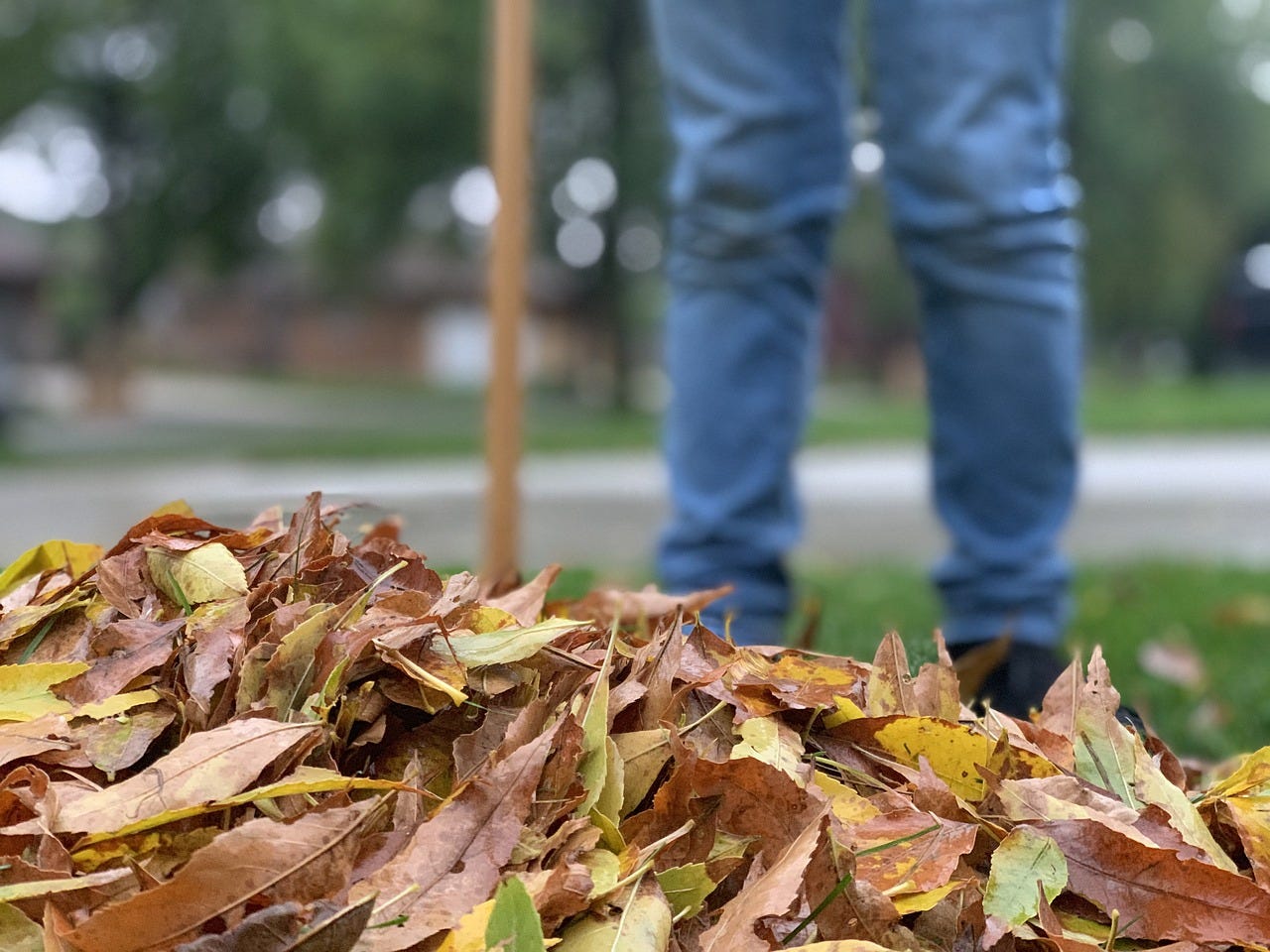Why It’s a Good Thing to Leave the Leaves: The Benefits of Not Raking Your Yard Before Winter
Leave the Leaves
As winter approaches and leaves blanket the ground, many people feel compelled to grab their rakes and clean up their yards. However, there’s a growing body of research and a movement among environmentalists encouraging people to leave the leaves as they are. While it might seem counterintuitive, allowing leaves to remain in your yard offers numerous benefits for the environment, soil health, and wildlife. Here’s why embracing a more hands-off approach to leaf management is a good thing.
1. Enhances Soil Health and Fertility
Fallen leaves act as a natural, nutrient-rich mulch. As leaves break down over time, they release essential nutrients like nitrogen, phosphorus, and potassium into the soil. This process enriches the soil and supports healthy plant growth in the spring. Leaves can improve soil structure and retain moisture, reducing the need for additional fertilizers and water, especially in spring. By skipping the rake, you provide a low-cost, natural way to feed your soil and support a flourishing garden ecosystem.
Benefits for the Soil:
Increases nutrient availability
Enhances moisture retention
Reduces erosion and compaction
2. Supports Beneficial Insects and Wildlife
Many insects, such as butterflies, moths, beetles, and bumblebees, rely on leaf litter for shelter during winter. When you rake leaves, you likely disturb these beneficial insects, which are crucial in pollination and pest control. Moreover, birds and small mammals benefit from the presence of insects in leaf piles, providing them with a winter food source. A yard alive with wildlife can enhance biodiversity and create a healthier, more resilient ecosystem.
Wildlife Advantages:
Provides a safe habitat for insects and small animals
Ensures pollinators and pest-controlling insects thrive
Attracts birds and other wildlife, promoting biodiversity
3. Reduces Waste and Carbon Emissions
Every year, millions of bags of leaves are collected, transported, and disposed of in landfills, where they produce methane, a potent greenhouse gas. By leaving the leaves on your lawn, you’re cutting down on yard waste and reducing the carbon footprint associated with collecting, transporting, and processing this organic material. Even composting leaves in your yard can reduce waste significantly compared to sending them to a landfill or even, in our case, to the required mulch station.
Environmental Impact:
Minimizes greenhouse gas emissions
Reduces waste sent to landfills
Conserves energy used for leaf collection and disposal
4. Protects the Lawn from Harsh Winter Conditions
A layer of leaves on your lawn acts as an insulator, protecting plant roots and soil from winter weather extremes. The organic blanket shields against frost, helping plants endure fluctuating temperatures. Especially in regions with harsh winters, this insulation can prevent soil from freezing too deeply, reducing plant stress and encouraging a healthier lawn come spring.
Winter Protection:
Provides insulation against frost
Protects sensitive roots and plants from cold stress
Maintains a more stable soil temperature
5. Saves Time and Labor
Raking leaves is a time-consuming, labor-intensive task that requires multiple rounds throughout the autumn season. Leaving the leaves reduces time and effort, allowing you to enjoy the season rather than manage endless yard work. While there may be occasional redistribution of leaves to avoid heavy layering on grass, you’ll still save significant time and energy that can be used on other fall projects or simply enjoying time outdoors.
Practical Benefits:
Reduces time spent on yard maintenance
Decreases physical strain from raking and bagging
Frees up time for other seasonal activities
6. Promotes Natural Aesthetics and Sustainability
Leaving leaves on the ground creates a more natural aesthetic, mimicking how forests and meadows look in the fall. This approach aligns with sustainable landscaping principles, emphasizing working with nature rather than against it. By leaving leaves in place, you create a habitat that fosters life and nurtures the land, which can be far more attractive and enriching than a perfectly manicured lawn.
Aesthetic and Ethical Advantages:
Embraces a natural, rustic look
Aligns with sustainable landscaping practices
Encourages a closer connection to seasonal changes in nature
Tips for Managing Leaves on Your Lawn Responsibly:
While leaving the leaves is beneficial, here are some tips to ensure they don’t overwhelm your yard:
Use a Mulching Mower: Running a mulching mower over the leaves will break them down into smaller pieces that decompose faster, making nutrients more accessible to the soil.
Avoid Thick Buildup: In areas where leaves are particularly dense, redistribute or lightly rake them to avoid matting, which can block sunlight and air from reaching the grass.
Designate Leaf-Friendly Areas: Pile leaves in garden beds or along tree lines where they can naturally decompose without affecting your lawn’s aesthetic or health.
Embracing an Eco-Friendly Yard
Choosing not to rake your leaves before winter is a simple yet effective way to contribute to environmental sustainability, support local wildlife, and improve the health of your lawn. By adopting this approach, you’re creating a low-maintenance, eco-friendly yard that will reward you with healthier plants, more vibrant wildlife, and a naturally beautiful landscape when spring arrives.
So, put down the rake and enjoy the season's rich colors and textures—your yard, the planet, and local wildlife will thank you.






